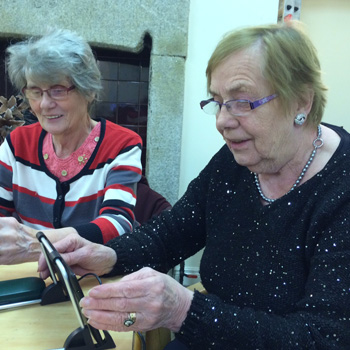The new DIT Grangegorman Campus re-imagines Dublin’s north inner city.
Dublin Institute of Technology’s formidable new Grangegorman Campus will soon accommodate as many as 20,000 students. Thanks to meticulous planning and a comprehensive vision of what the whole area will become, this dramatic swelling of Grangegorman’s population is being anticipated with something resembling excitement.
DIT, now a constituent college of the multi-campus university TU Dublin, has a long history in the city, dating back some 125 years. But the Grangegorman site has played an important role in Dubliners’ lives for even longer, particularly when it came to state institutions. It has played home to a workhouse, prison and psychiatric facility, and as such was walled-off from the local community, and the world at large.
For the new DIT campus, the site has been radically re-imagined and fully reintegrated; initial responses have been massively positive. Indeed the Grangegorman Development Agency received the Royal Planning Institute’s President’s Award for its work on the project, with the RPI commending the project as being “an exemplar of quality master planning and attention to detail”. Coming in for particular praise was the fact that the planning will directly serve different socio-economic groups, with good public transport connections and high quality heritage conservation.
The first students arrived back in 2014 when their programmes were transferred from previous DIT locations at Mountjoy Square, Portland Row and Temple Bar. In September 2020 programmes currently operating in the Cathal Brugha Street Campus, the Kevin Street Campus and part of the Rathmines Campus will be transferred to two new structures known as the Central and East Quads. At this stage, the number of students and staff on the Grangegorman campus will rise to around 10k+ . What’s most apparent already is the diverse and multicultural nature of the student body, in tune with the surrounding area’s constantly evolving pan-global community.



